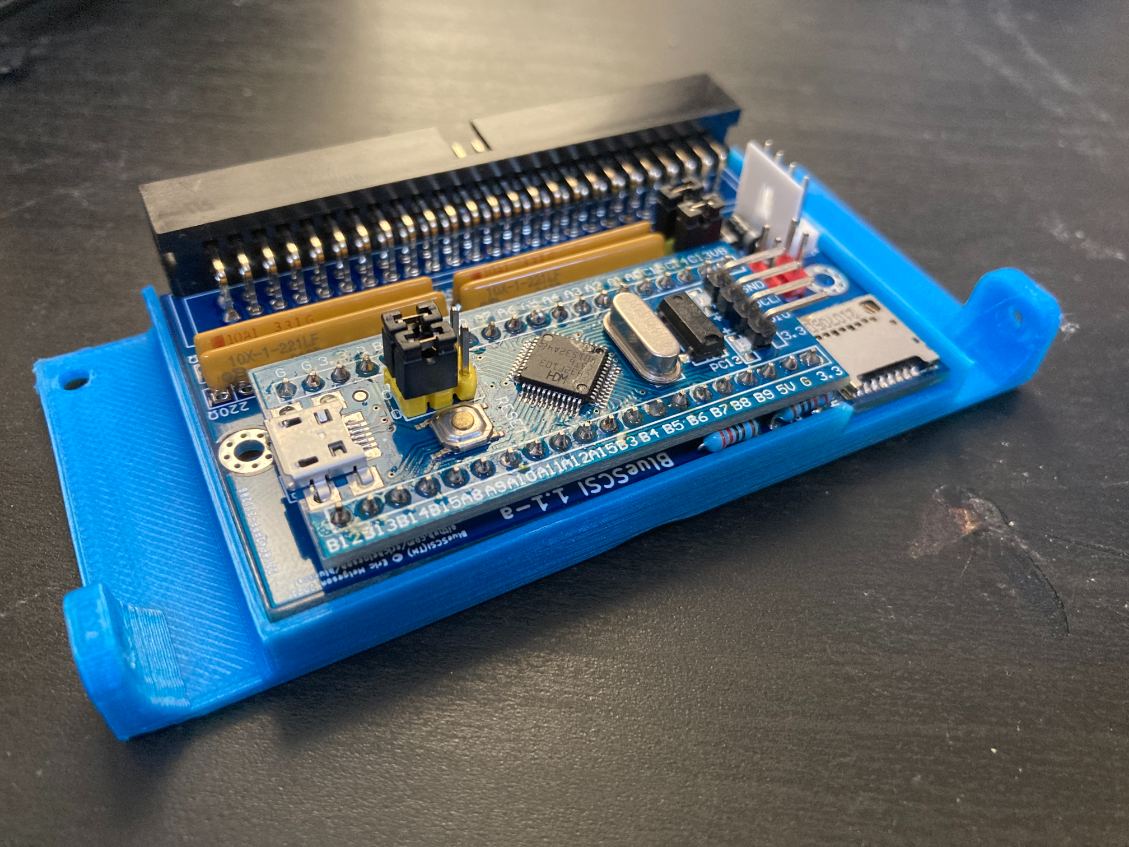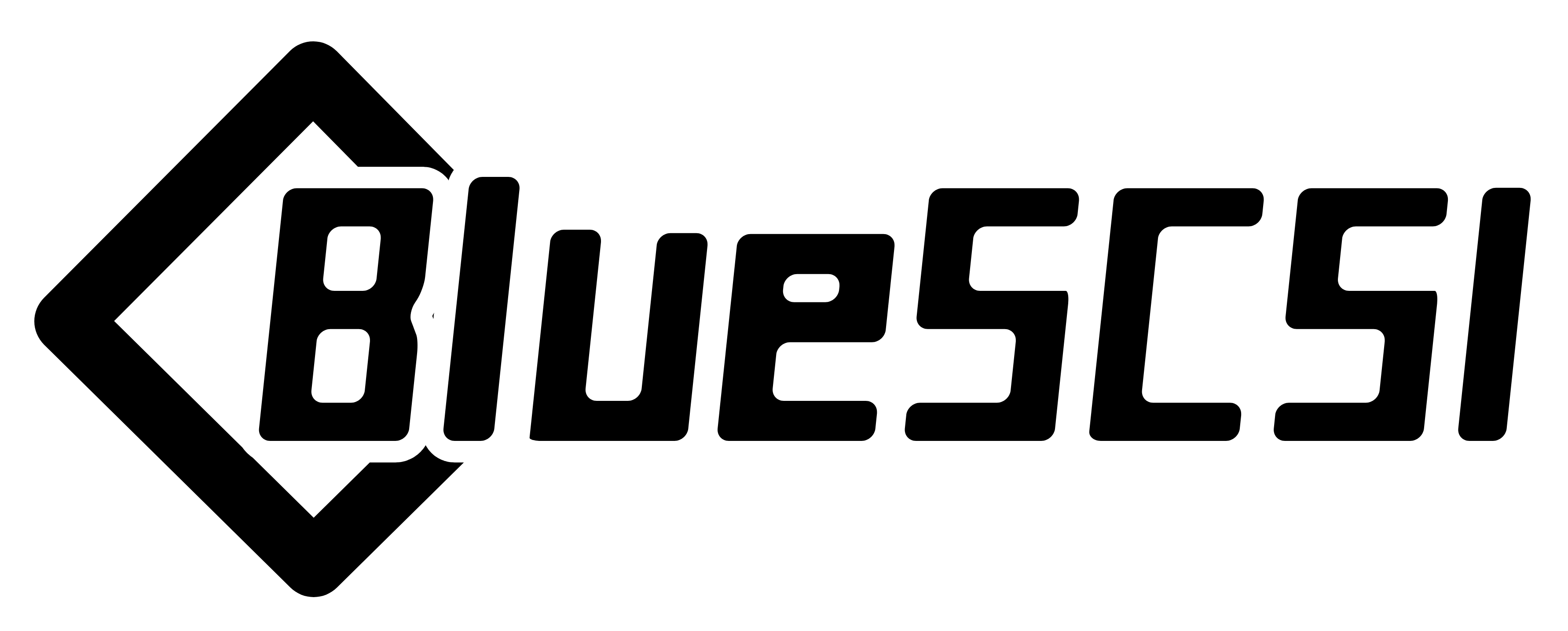-
Notifications
You must be signed in to change notification settings - Fork 63
BlueSCSI 1.1 Desktop Assembly
1.1 Desktop Assembly (document a work in progress)
Read through all instructions before starting.
Verify you have all the components
- Preprogrammed STM32 BluePill with 2x 20 pin headers
- BlueSCSI 1.1 desktop PCB
- 2x Diodes
- 50 pin male SCSI connector
- 2x 220ohm Resistor Networks
- 2x 330ohm Resistor Networks
- MicroSD Socket
- Berg connector
- 2x 2 pin headers with jumpers
- 2x 2 pin headers for LEDs(optional)
- 2x resistors for LEDs(optional)
- 3d printed bracket
None yet
-
Solder the surface mount SD Card holder onto the board. Use the Drag Solder technique
- Once on, check continuity of all connections. Fixing this after the BluePill is on will be difficult.
- Ensure the SD card fits and you dont have too much solder on the sides or contacts - if you do, you can use solder wick to clean some off
-
Solder the 2 diode to the board, ensure it is as flush with the PCB as possible. Trim the excess legs
-
Solder on the resistor nets ensuring correct placement and orientation
-
Solder on the Termination Jumpers & place the jumpers on to enable Termination
-
Solder the 50 Pin headers on.
- Note Pin 1 and Box header on the silk screen.
-
Solder on the berg connector. Only needed if your machine does not supply enough power via the SCSI bus, but recommended to solder on if you have the connector
-
Optional - solder on resistors for the LED for both power and activity. Note, resistors may be a tight fit depending on what size you have
-
Optional - Solder on 2 pin headers for the LED
-
Solder the header pins on to the BluePill. Then BluePill pill to the BlueSCSI PCB.
- Correct orientation is having the USB connector of the BluePill facing AWAY from the SD holder.
- NOTE: Consider adding headers to the board if you would like to have the BluePill removable.
-
Place the BlueSCSI in the case
-
Test it! Plug it into your favorite Mac, run a benchmark with SCSI Director Pro, play some Lemmings, write a document in ClarisWorks, enjoy!
Important
If you are looking for BlueSCSI v2 documentation please go here: https://github.com/BlueSCSI/BlueSCSI-v2/wiki
- Home
- Getting Started
- Trouble Shooting
- Advanced
- Developers
- Variants
- Adapters & Accessories

